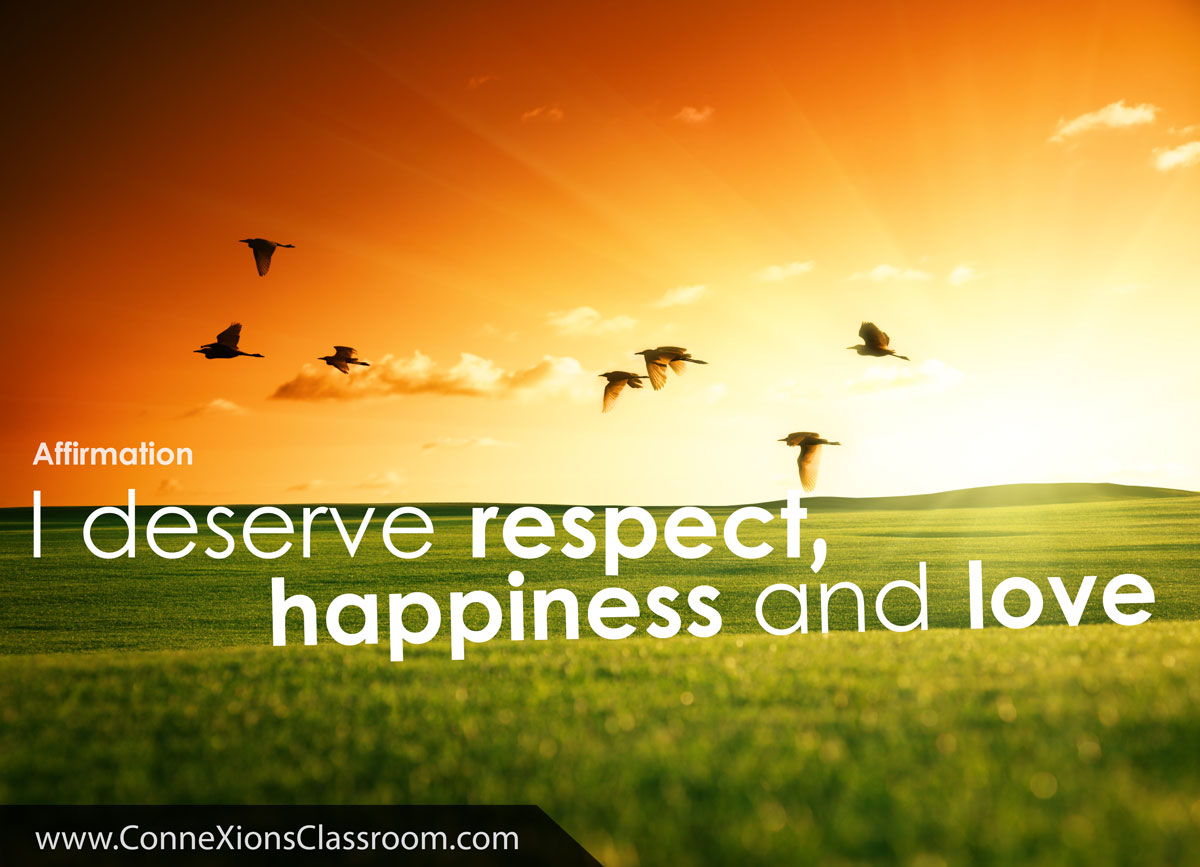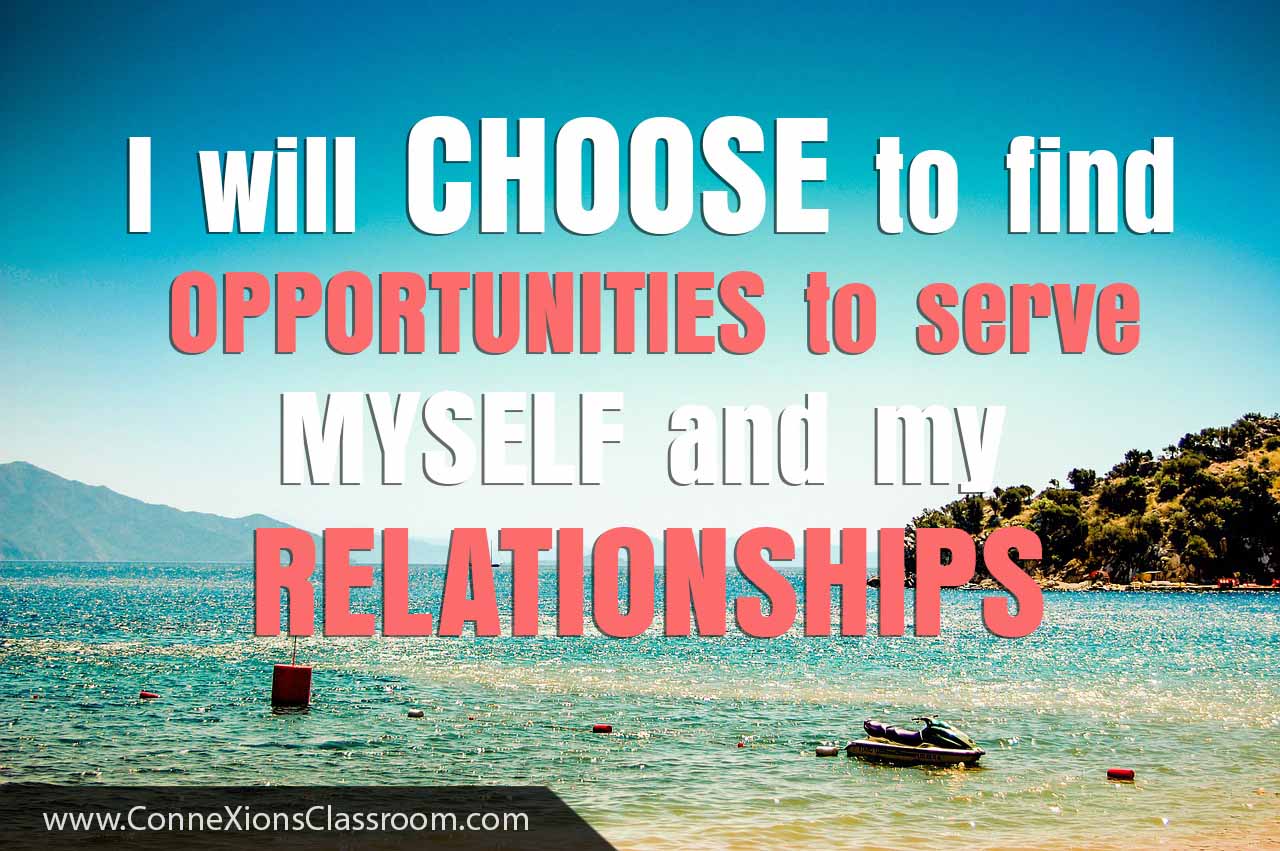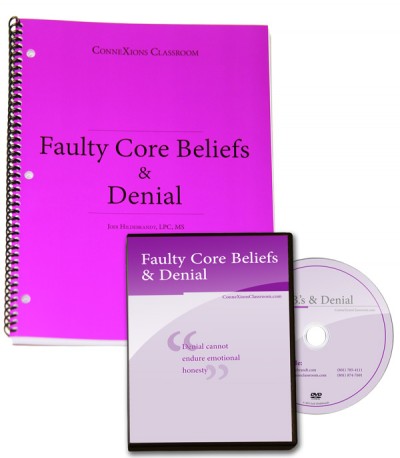Most of us appreciate an exciting, dramatic movie, play or television show. We want the hero to rescue the victim and vanquish the villain. Or maybe we sometimes want the “bad guy” to win out over an overly-cheesy protagonist. Whatever our preferences for drama on our TV screens, most of us cringe at the thought of drama in our relationships.
As much as you want to avoid it, drama is “following you,” isn’t it? Is it zapping your energy and turning your relationships upside-down? As chaotic as drama appears, there is a “secret formula” that drives it. When you know this key, you can begin to decode and understand (and get out of!) just about any drama-filled interaction. You’ll feel calm, no matter what whirlwinds of drama are spinning around you. Ready to learn the secret?
The Characters
Drama is based on three characters or positions: the Victim, the Rescuer and the Persecutor. We use all three of these positions to communicate our fears, hurts, traumas, desires, beliefs, values and anything else that connects who we are to ourselves and others. Drama is oftentimes engaged in unconsciously and therefore, the participants are in a reactionary position. While in this reactionary state, people in drama believe someone is “doing this to them.” There are millions of ways and situations that can trigger drama to begin. Because the entry points are so numerous, the only way to recognize whether you are involved in a drama dynamic is to learn about each position in the cycle—the victim, rescuer, and persecutor—and understand how each dramatic “character” behaves & thinks, what it says, and how it feels inside of you. Knowing the characteristics of each dramatic position will support you to quickly identify drama and make a different choice to exit the cycle.
The Rescuer
The idea of a “rescuer” sounds good, right? Like a superhero. Actually, the rescuer is all about control. The rescuer attempts to placate the emotions of the victim in order to try to manage their own emotional discomfort or upset. Parents often do this when they tell a toddler “no”—the child screams and wails, and the parent “gives in” to the child’s demands. Much of the time, the goal is not the best interest of the child, but a desire to “make the child happy” in order to stop the unbelievable pitch of uncomfortable noise emanating from this little person, or to not appear to be a “bad parent” in a public setting. Really, the parent is trying to “rescue” their own emotions.
The Persecutor
The bully, the aggressor, the “mean” one. In order to be a victim, I’ve got to find (or create!) a persecutor. In many cases, there are plenty of real persecutors to go around. However, we can also put another person in that spot. In the example of the screaming child, the child perceived the parent to be a persecutor for saying “no.” The child perceived that action as mean and attacking, and so felt justified in perceiving self as a victim of the parent’s “persecutory” action. To anybody not involved in the situation, the child would have looked like a victim of some horrible tragedy, based on the ruckus he or she was making.
The Victim
The victim takes no responsibility for self. Believes others are controlling and persecuting them. Feels helpless / hopeless, unable to change circumstances, and unable to make inward personal changes of attitude and beliefs. Blames others. Makes others responsible for their emotions and the outcomes of their life.
The victim is the most “powerful” and controlling position in any dramatic dynamic, although it may appear disempowered. The reactions of the persecutor and rescuer allow the victim to manipulate and control interactions and events happening around him or her. In order to remain in the drama dynamic, the rescuer and persecutor must also see themselves as victims of an injustice or circumstance.
You might be thinking, “I would never act like that!”, or perhaps you’re thinking, “I do that all the time!” Whatever your reaction to the drama cycle, it is real and all of us play along at times, and some of us rarely or never exit the dynamic. Drama is not bad—it is human! We use drama as a form of sharing and attempting to be close to another human being; however, because drama is full of distortion and denial, it precludes us from creating connection and intimacy, the very things we sought when we entered drama.
Consciousness is the Key!
Look for the drama in your life, and you will find it. Then, you will have power to change it. Start applying this formula, and see if you don’t find it to be a true pattern every time!
As you move out of drama you will be able to move into inter-dependency: true, authentic, bonding, validating connection with your relationships.
In-Depth Information About Drama
- Drama Topic Page
- If you would like more support and information about drama, please see our Drama Materials in the Classroom
Credits
The Drama Triangle was originally conceived by Dr. Stephen B. Karpman, M.D. His website is http:s//www.karpmandramatriangle.com






